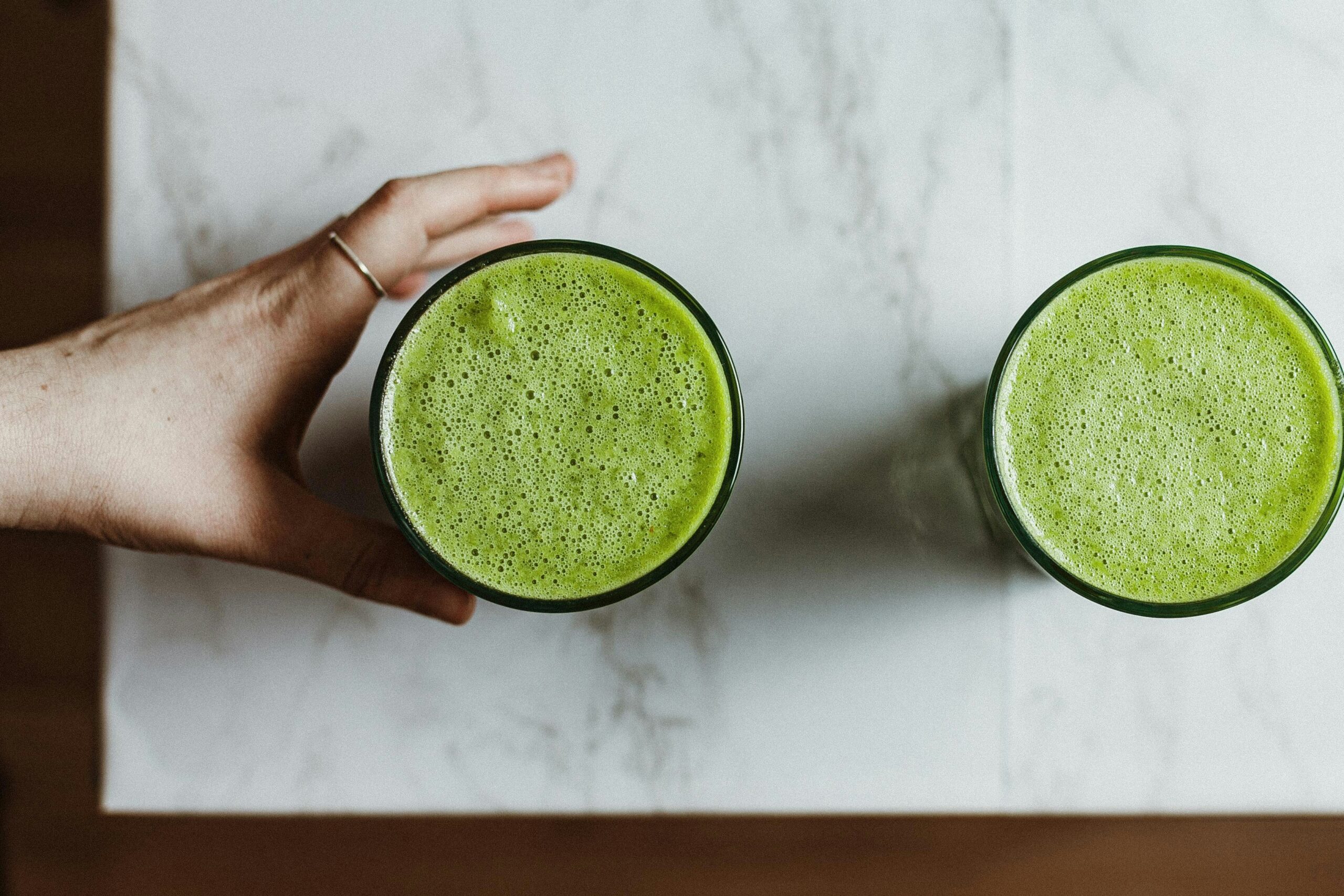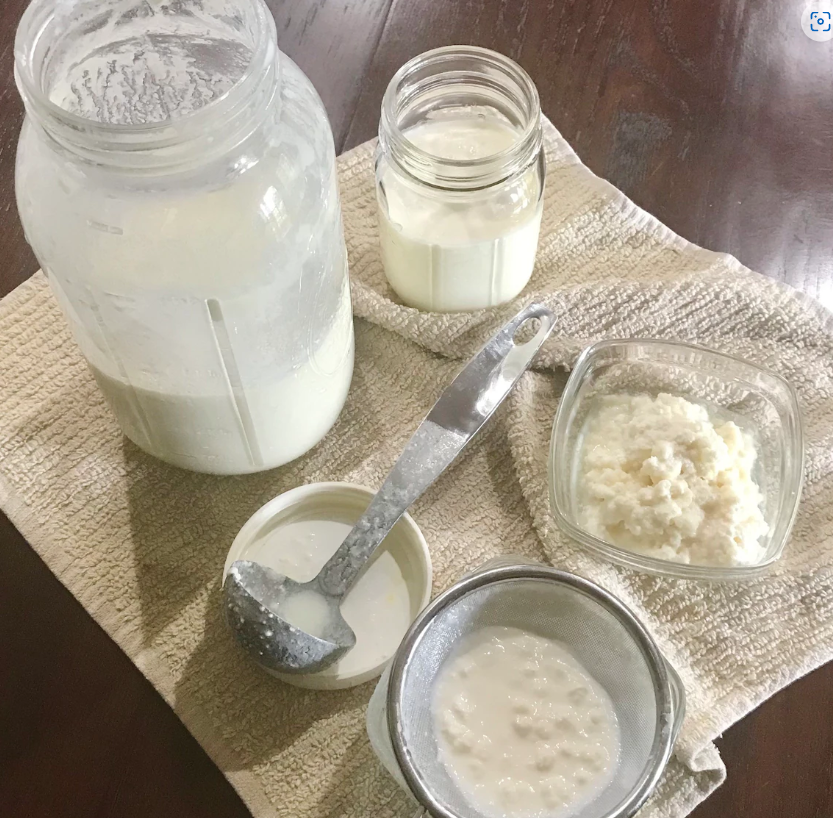I love drinking thick and creamy winter kefir…but as that I live in Miami, it’s only on a few random cold days a year. For the rest of the year I use a fridge fermenting technique. But for all you other folks who enjoy real seasons, you may be noticing your milk kefir is fermenting more slowly lately.
Milk kefir grains are living organisms, and like all living things in cold temps, they move more slowly.
If your house gets below 75°F, here are some tips for making ideal milk kefir:
9 Tips For Winter Kefir
- Ferment in a warmer room. Don’t limit your kefir to the kitchen if another room is warmer!
- Heat rises. Test the temperature on top of your fridge or cabinets to see if it’s warmer but not above 75°F.
- Double or even triple the amount of grains or decrease the amount of milk. This allows the milk to ferment more quickly.
- Ferment for longer periods. Kefir ferments in 24 hours at 69-73°F; but if the temps are lower, it can take an extra 8-16 hours (for a full 48 hr ferment) If your room temp is below 64°F, it can take even longer.
- Use a space heater to get the temp up to 70-73°F.
- (You can keep your kombucha or sourdough starter in that room too!)
- Use a wider jar. It gives the grains more upper surface area (they float to the top from the carbonation they produce when fermenting) This can result in a creamy, thick kefir.
- Don’t use a heating pad or strip. Artificial heat can damage or kill your grains.
- Don’t use a prebiotic powder. The grains have enough nutrients in the milk to eat, and the prebiotic powder will overfeed them, further slowing the fermentation process.
- (You can use the powder after the kefir is fermented and your storing it in the fridge.)
- Don’t ferment above 78 F. The kefir will separate into curds and whey, harmless, but detracts from the taste.
I hope these tips help get your kefir back on track!
If you’re new to fermenting milk kefir and looking for real in-depth guidance, you can get my 18 page guide here:



